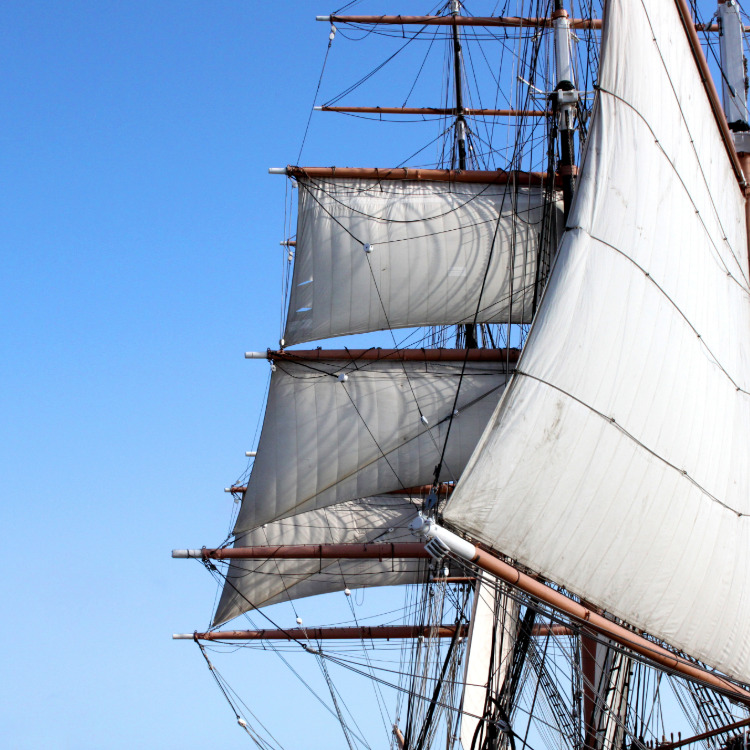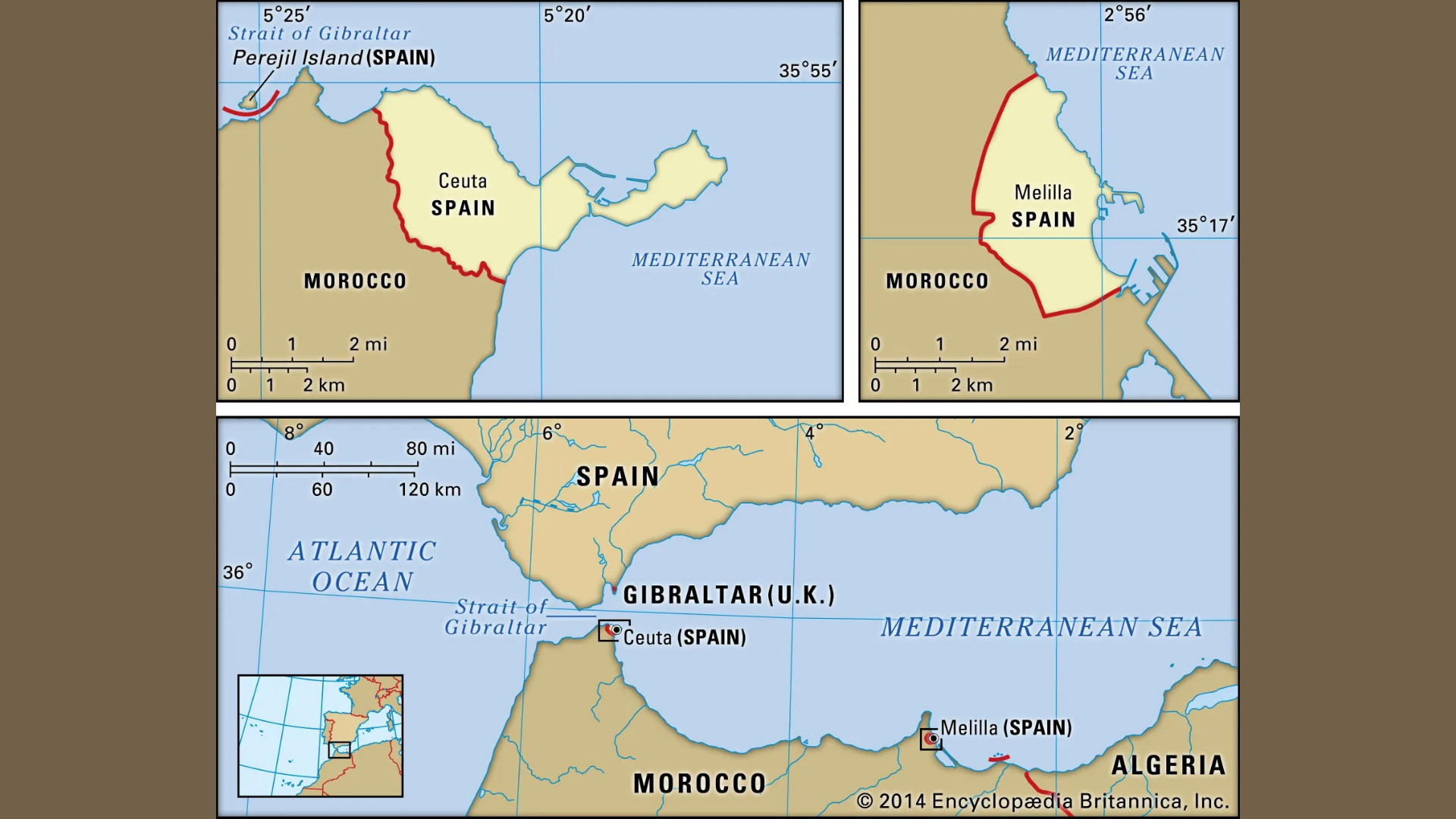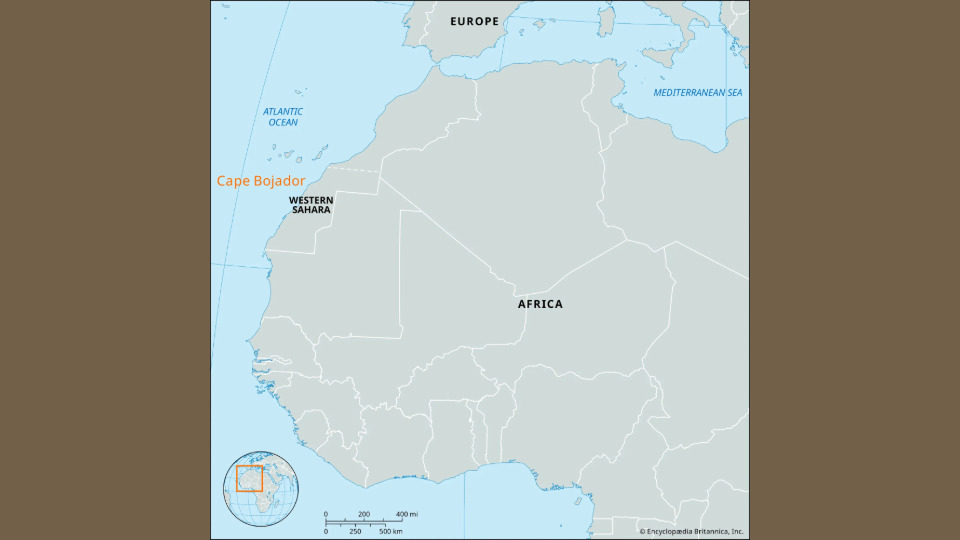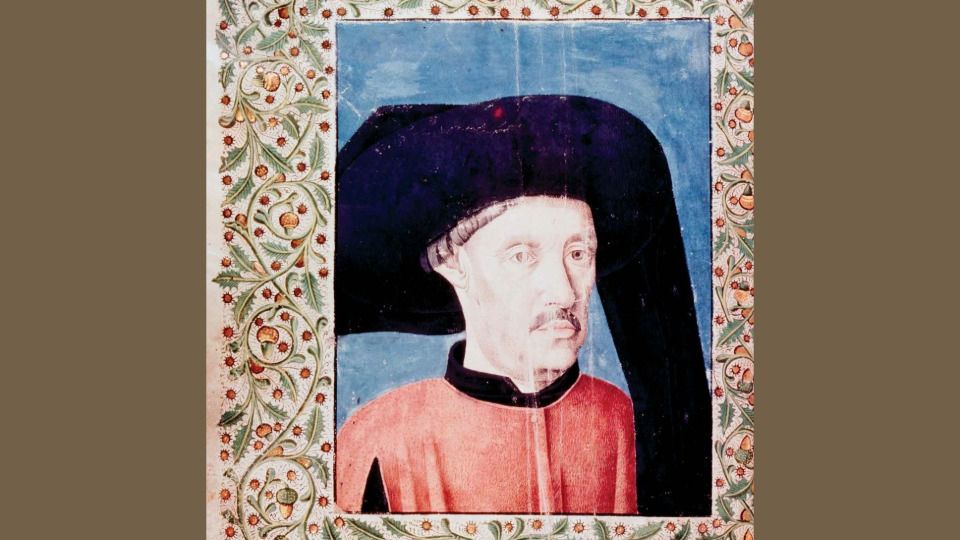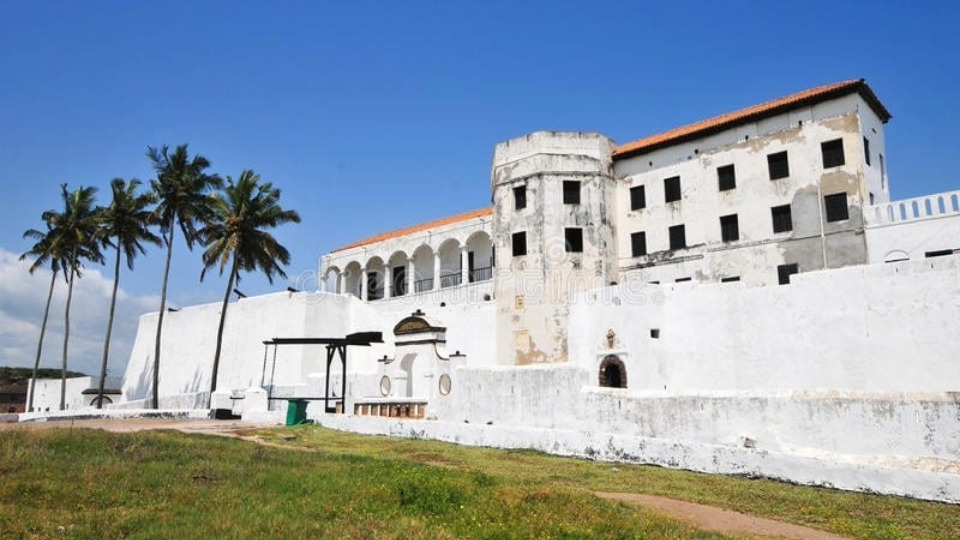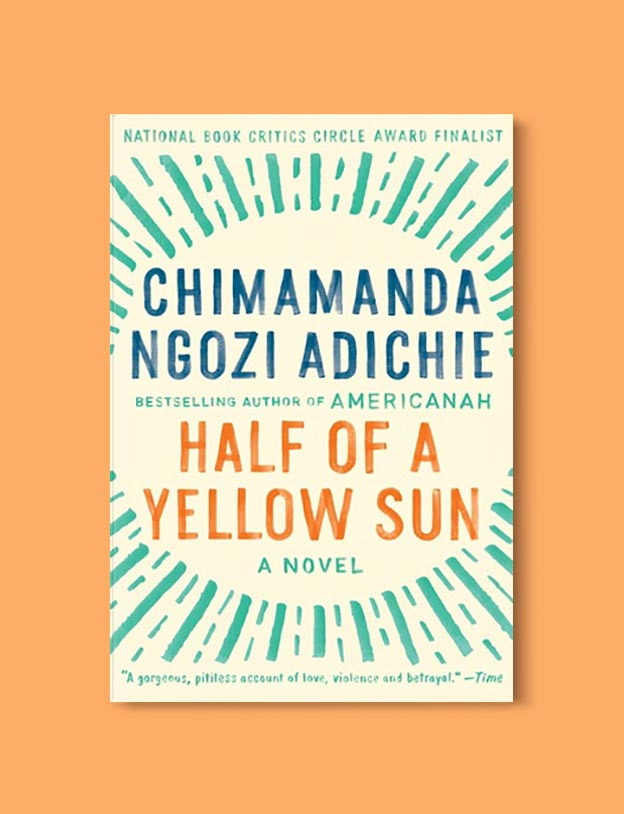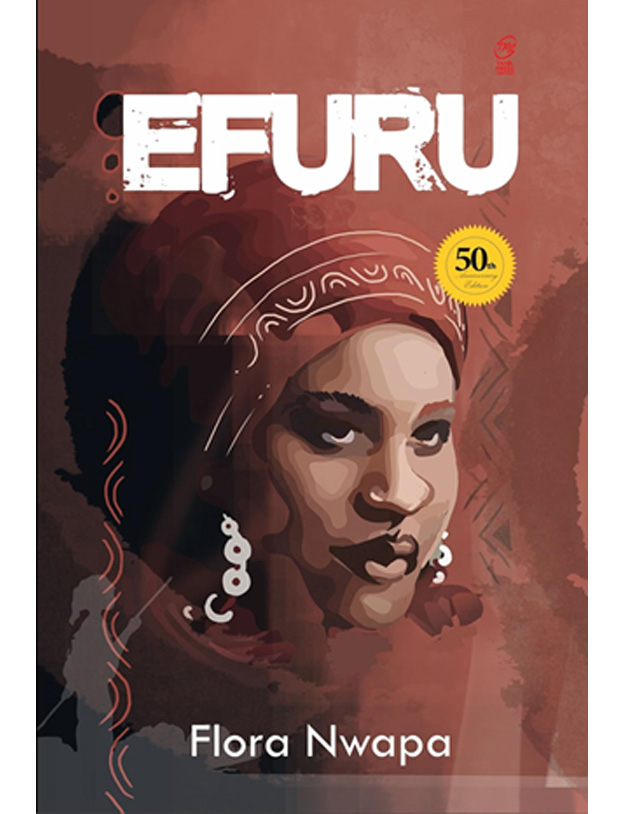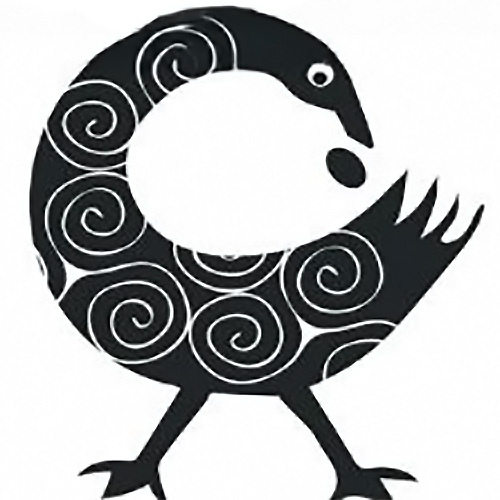The Portuguese Probe West Africa – A Timeline
From the early fifteenth century, Portugal led European exploration along West Africa’s southern coast. Driven by the search for gold, ivory, and a sea route to Asia, Portuguese voyages reshaped local politics, commerce, and cross-cultural encounters.
1415: Conquest of Ceuta and Foundation of Prince Henry’s School
In August 1415, King John I of Portugal’s army, including his son Infante Dom Henrique—better known as Prince Henry the Navigator—captured Ceuta, a fortified port city on North Africa’s Mediterranean shore at the mouth of the Strait of Gibraltar. Born in Porto on March 4, 1394, Henry was the fourth child of King John I and Philippa of Lancaster, and served as Duke of Viseu and administrator of the Order of Christ. Ceuta had been under the control of the Marinid Sultanate, a Berber dynasty that ruled Morocco from 1244 to 1465. As Portugal’s lieutenant in Ceuta, Henry gained firsthand insight into the trans-Saharan gold and ivory trades, and the logistical challenges of coastal navigation. Returning to Portugal around 1420, he founded a “school” at Sagres that assembled cartographers, shipbuilders, astronomers, and pilots. There, innovations like the caravel’s lateen sails, the development of pilot charts, and systematic tidal and current observations laid the groundwork for sustained voyages down the West African coast
1434: Rounding Cape Bojador
Captain Gil Eanes, under Prince Henry’s direction, became the first European to sail past Cape Bojador—a headland on the west coast of Moroccan-occupied Western Sahara, jutting into the Atlantic roughly 220 km south of the Canary Islands. Long dubbed the “point of no return” or “sea of darkness” for its reef-lined shores, strong currents, and shifting sandbanks, its Arabic name Abu Khaṭar means “father of danger.” Upon returning, Eanes reported friendly receptions by Sanhaja Berber fishermen near the promontory, receiving provisions without major conflict. This navigational breakthrough dispelled maritime myths and unlocked further exploration down Africa’s coast
1443: Establishment of Arguin Trading Post
Portuguese pilots built a fortified trading post on Arguin Island, an islet in the Bay of Arguin off the coast of modern-day Mauritania. Portuguese chronicles describe negotiated agreements with local Saharan chieftains—leaders among the Sanhaja Berber fishermen and the Zenaga semi-nomadic herders—who controlled seasonal fishing grounds and salt pans in the area. In practice, “permission” combined diplomatic gifts of cloth, metal tools, and firearms with the implicit threat of naval bombardment to secure exclusive trading rights [1][2]. The Sanhaja, a Berber confederation skilled in maritime fishing, desert caravan trade, and gum arabic collection, and the Zenaga, pastoralists specializing in salt mining and guiding camel caravans, exchanged gold, ivory, gum arabic, and captives with the Portuguese. Though occasional skirmishes over pricing and slave raids occurred, the fort’s cannons and stone walls upheld Portuguese monopoly for decades [3].
1445–1460: Voyages to Senegal, Guinea-Bissau, and Sierra Leone
Between 1445 and 1460, two captains under Prince Henry the Navigator charted new reaches of West Africa’s coast. Dinis Dias, a veteran navigator in his fifties who had earlier rounded Cape Bojador, led a caravel past the mouth of the Senegal River and onto the green peninsula he named Cabo Verde. Dias’s crew made initial attempts to land and trade but were met by Wolof fishermen who hurled stones and taunted from shore, forcing Dias to anchor offshore and negotiate from a distance before securing limited ivory and gold dust exchanges.
Álvaro Fernandes, another of Henry’s protégés, pushed further south around 1446 along the coast of modern-day Guinea-Bissau, exploring the Geba River estuary. Fernandes’s landing parties encountered Susu warriors defending water sources, resulting in minor skirmishes that wounded several Portuguese. Only after offering brass bracelets, textiles, and metal tools did local Mandinka and Susu leaders permit exchanges of gum arabic, ivory, and enslaved captives. Fernandes returned with detailed charts of new harbors, trading protocols, and warnings about seasonal currents and hostile shore parties
1471–1482: Gold Coast Contact and Elmina Castle
Diogo de Azambuja, a Portuguese noble born at Montemor-o-Velho in 1432 and knight of the Order of Aviz, was appointed in 1481 by King João II as captain-major of the Portuguese Gold Coast. Tasked with establishing a permanent fortress to secure Lisbon’s exclusive rights to West African gold, he led a fleet of nine caravels, two support ships, 600 soldiers, and 100 craftsmen to the Gulf of Guinea. In January 1482, he negotiated a landmark agreement with Kwamina Ansa—known in Portuguese sources as Caramansa—a powerful Akan chief of the Fetu state who controlled coastal trading networks near modern-day Cape Coast in central Ghana. Caramansa initially hesitated, advising the Portuguese to trade and depart like the recurring waves, but ultimately granted permission after Diogo de Azambuja presented luxury cloth, metal tools, and assurances of peaceful exchange.
This accord laid the foundation for the Portuguese “Gold Coast monopoly”—a Crown-granted system that forced all Akan gold merchants to trade exclusively at Elmina’s fortress, where standardized auctions and fixed prices prevented competition from rival Europeans or local middlemen. Elmina Castle’s imposing design—constructed in just twenty days from prefabricated numbered granite blocks shipped from Portugal—featured thick ramparts, angular bastions, and cannon platforms commanding the harbor. Its strategic hilltop position and heavy artillery dissuaded unauthorized landings and repelled early attempts by Dutch and Spanish interlopers until the Dutch ultimately captured it by bombardment in 1637.
1484–1486: Diogo Cão’s Congo River Expedition
Diogo Cão sailed to the mouth of the Congo River and journeyed inland, planting padrão markers and meeting King Nzinga a Nkuwu of Kongo. Their encounter was cordial: Cão presented royal regalia, and Nzinga granted trading privileges in ivory and enslaved people. No major conflicts arose, but Cão’s reports spurred further missionary and mercantile activity in Central Africa.
Institutionalization of Coastal Trade
By 1500, Portugal had divided its West African coast into auctioned “trades,” each granting a crown-licensed merchant the monopoly over a defined shoreline district. Coastal forts such as Axim, Shama, and Accra functioned as customs posts and garrisons. This system minimized Portugal’s territorial obligations, focused on securing gold and slaves, and laid the groundwork for Africa’s Atlantic commerce for centuries.
Impact and Legacy
Portuguese probing transformed regional power dynamics by diverting gold from trans-Saharan routes to coastal ports, introducing European firearms, and institutionalizing the Atlantic slave trade. Coastal kingdoms such as Kongo and the Akan states experienced shifting alliances, economic dependency on Portuguese goods, and the early spread of Christianity. The forts and trade networks established by Portugal endured well into the modern era.
References
- CHAPTER EIGHT: COLONIAL ADMINISTRATION IN AFRICA – KAWA
https://kawa.ac.ug/Africanhistory/chapter_eight_colonial_administration_in_africa.html
- Colonialism and the African Experience – Pearson
https://www.pearsonhighered.com/assets/samplechapter/0/2/0/5/0205208606.pdf
- TOPIC 2 – COLONIAL ADMINISTRATIVE SYSTEMS | History Form III – Hesande
https://www.hesande.co.tz/2024/09/topic-2-colonial-administrative-systems.html
- Indirect Rule – Encyclopedia Britannica
https://www.britannica.com/topic/indirect-rule
- Direct Rule – Encyclopedia Britannica
https://www.britannica.com/topic/direct-rule
- Portuguese Explorations and West Africa – CliffsNotes
https://www.cliffsnotes.com/study-guides/history/us-history-i/exploration-and-early-colonization/portuguese-explorations-and-west-africa
- The Beginnings of European Activity in Western Africa – Encyclopædia Britannica
https://www.britannica.com/place/western-Africa/The-beginnings-of-European-activity
- Portuguese Activities in West Africa before 1600 – J.O. Ijoma (Transafrican Journal of History, 1982)
https://www.jstor.org/stable/24328537
- Diogo Cão and the Portuguese in West Africa – Encyclopedia.com
https://www.encyclopedia.com/science/encyclopedias-almanacs-transcripts-and-maps/diogo-cao-and-portuguese-west-africa
- Portuguese Maritime Exploration – Wikipedia
https://en.wikipedia.org/wiki/Portuguese_maritime_exploration
- Ceuta – Wikipedia
https://en.wikipedia.org/wiki/Ceuta
- Henry the Navigator – Encyclopedia Britannica
https://www.britannica.com/biography/Henry-the-Navigator
- Prince Henry the Navigator – Wikipedia
https://en.wikipedia.org/wiki/Prince_Henry_the_Navigator
- Marinid dynasty – Wikipedia
https://en.wikipedia.org/wiki/Marinid_dynasty
- Cape Bojador – Britannica
https://www.britannica.com/place/Cape-Bojador
- Cape Bojador – Wikipedia
https://en.wikipedia.org/wiki/Cape_Bojador
- Arguin – Wikipedia
https://en.wikipedia.org/wiki/Arguin
- Arguin Island – Britannica
https://www.britannica.com/place/Arguin-Island
- Berber, Zenaga in Mauritania Profile – Joshua Project
https://joshuaproject.net/people_groups/print/11621/MR
- Dinis Dias – Wikipedia
https://en.wikipedia.org/wiki/Dinis_Dias
- Dinis Dias – Britannica
https://www.britannica.com/biography/Dinis-Dias
- Diogo de Azambuja – Wikipedia
https://en.wikipedia.org/wiki/Diogo_de_Azambuja
- Fetu Kingdom – Wikipedia
https://en.wikipedia.org/wiki/Fetu_Kingdom
- January 21, 1482: The foundation stone is laid for the construction of St. George’s (Elmina) Castle – Edward A. Ulzen Memorial Foundation
https://www.eaumf.org/ejm-blog/2018/1/21/january-21-1482-the-foundation-stone-is-laid-for-the-construction-of-st-georges-elmina-castle
- Elmina Castle – Britannica
https://www.britannica.com/place/Elmina-Castle
latest video

nia via inbox
Stay connected. Subscribe and get updated on what's new with Nia!

